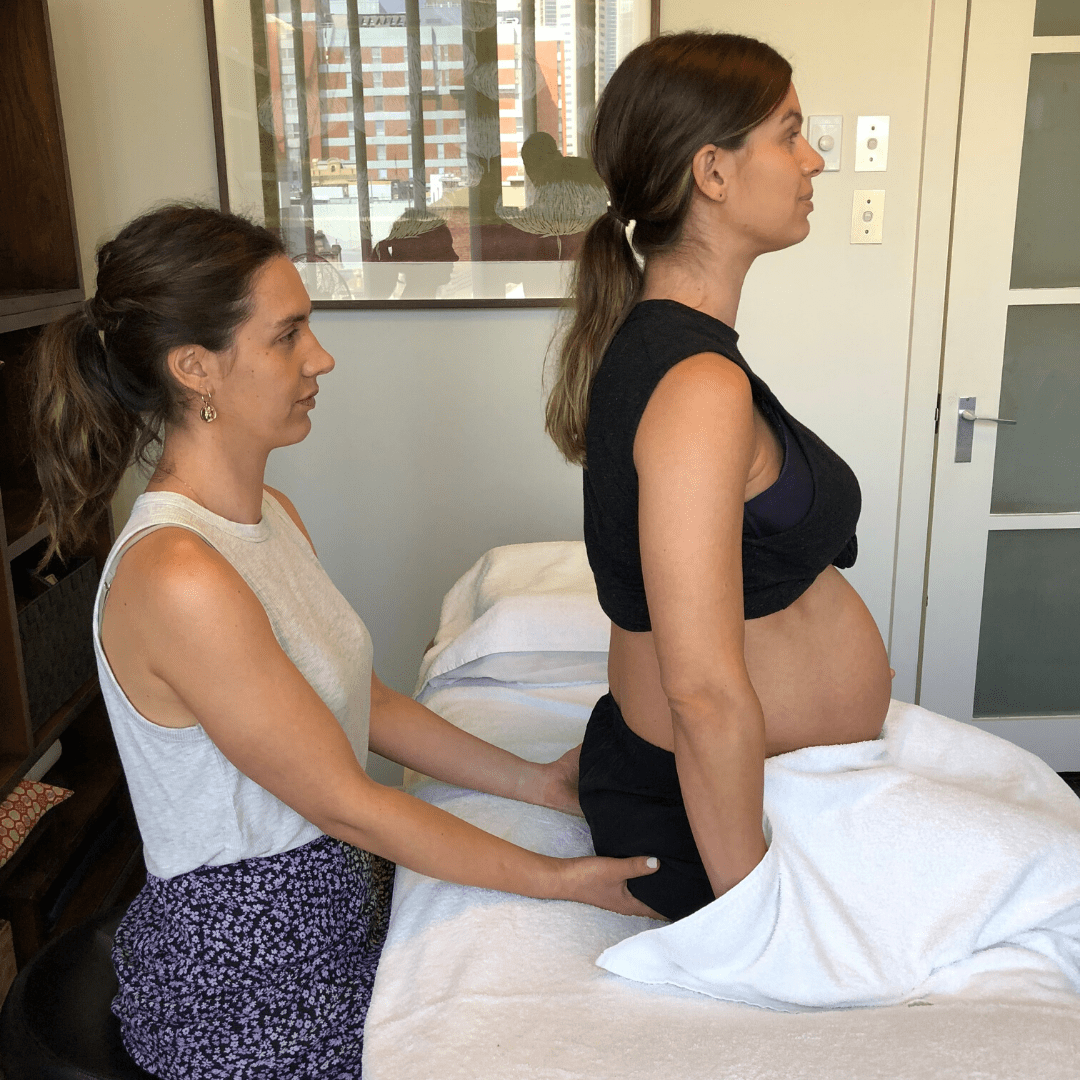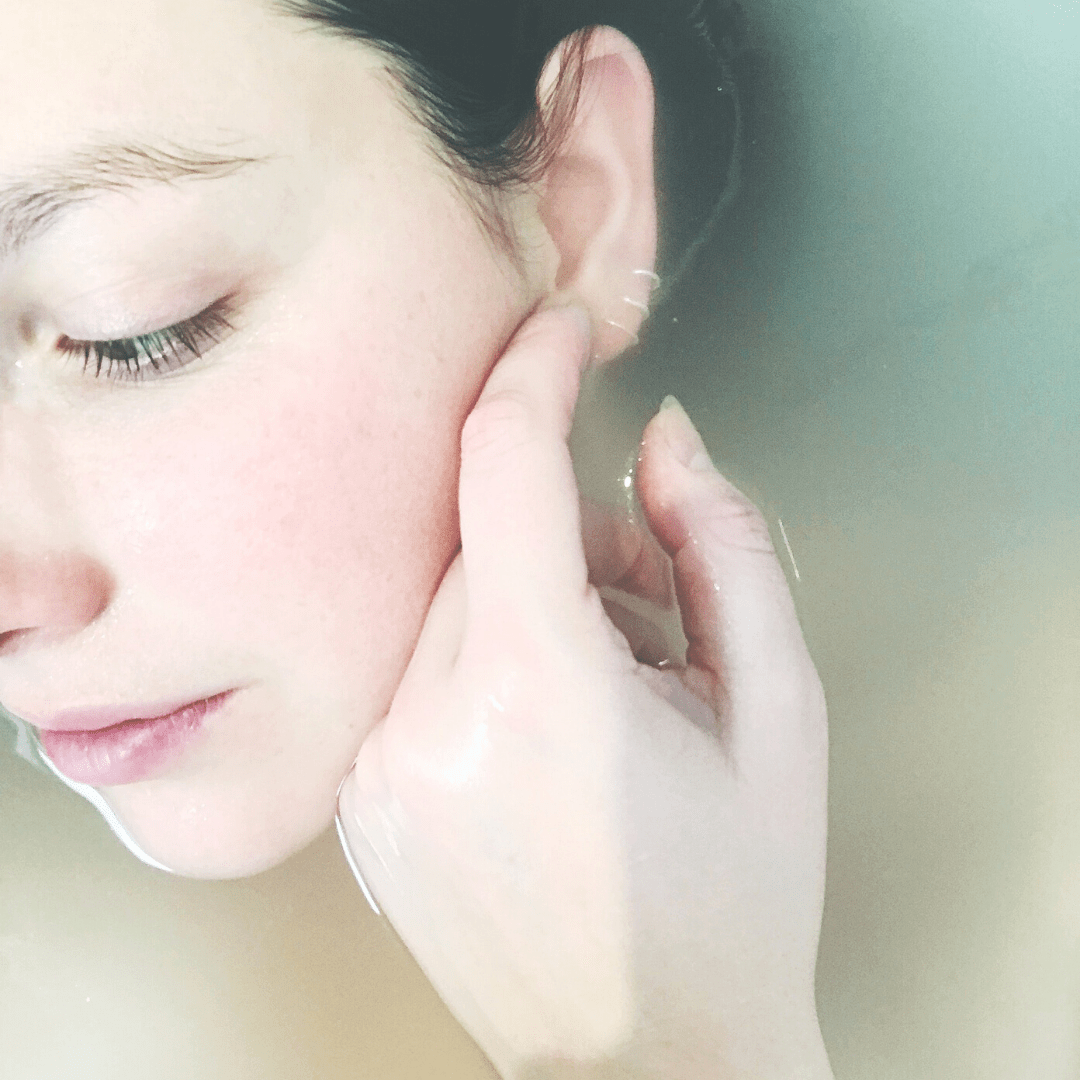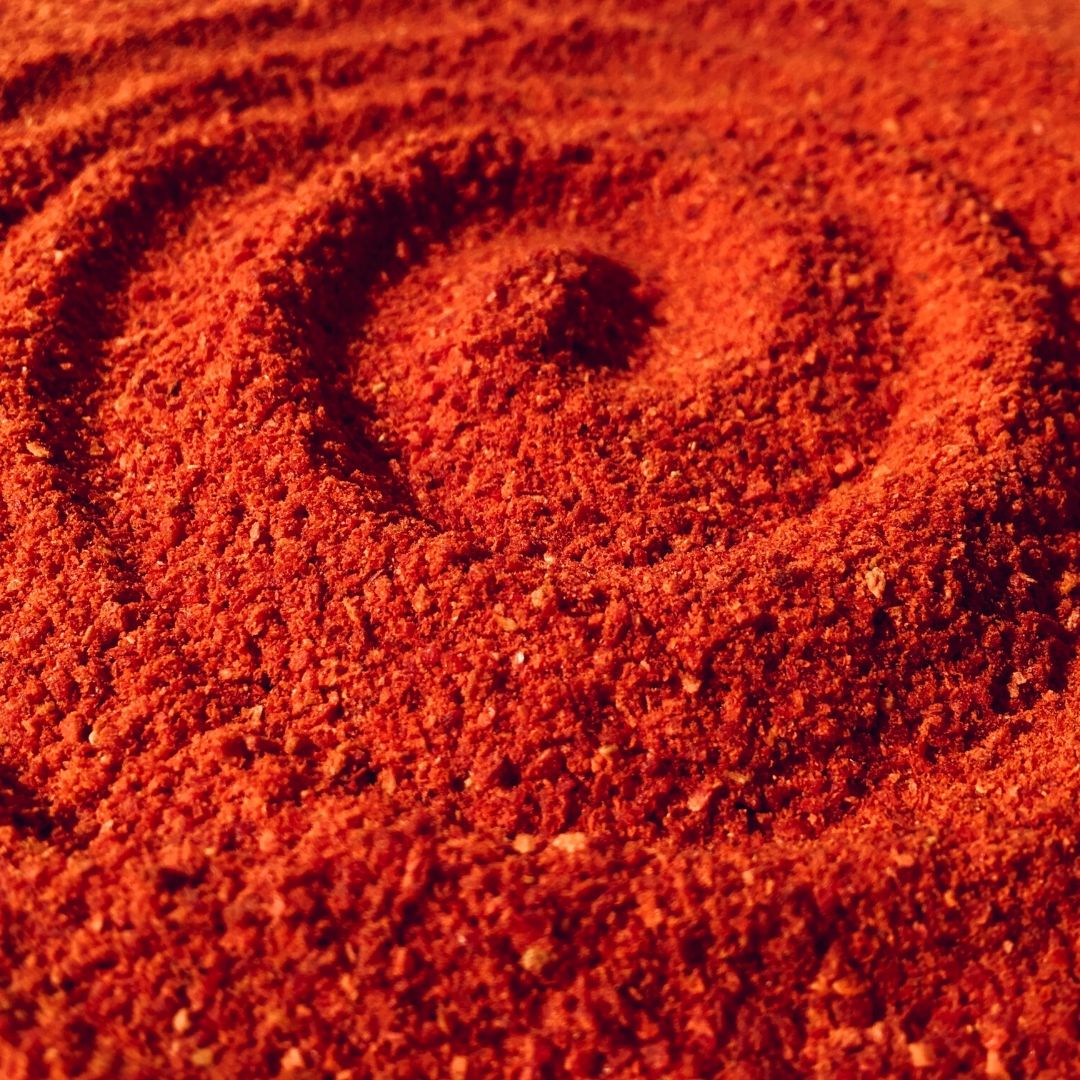
How do you build your best healthy pregnancy diet?
In this article I will share with you our top non-negotiable recommendations. At Fertile Ground health Group, we believe in educating patients on their fertility journey with the most up to date and relevant research when it comes to making healthy babies.
This type of education involves jumping ahead of the curve in regards to current preconception and fertility dietary guidelines. There is often a wide gap when it comes to emerging research making its way into public policy; therefore our job is to merge the two and share the most up-to date nutritional and dietary information available. At the core of our philosophy on prenatal care is ensuring that every mother is educated on the nutritional foundations of a growing a healthy, thriving baby.
It is now more commonly understood that most conditions occurring in adulthood originate in foetal life. This evidence highlights the importance of following an optimal prenatal diet to not only set the stage for the health of your growing baby and your personal pregnancy, but it holds a strong influence on the health outcomes of future generations. By making evidence-based food choices and becoming familiar with real wholefoods, you will provide an excellent basis for great pregnancy nutrition.
Our top dietary tips during pregnancy include
Eat small, regular meals
The notion of ‘eating for two’ has been largely disproven in literature, when in fact there is only a modest increase in caloric requirements during pregnancy. Smaller meals and snacks benefit a pregnant mother in a number of ways; they balance blood sugar, providing your growing baby with a consistent stream of nutrients, prevent nausea, heartburn and reflux whilst keeping energy levels balanced.
Enjoy high quality proteins and fats
Ensuring meals are rich in quality protein and fats rather than being high in refined carbohydrates will keep you fuller for longer, reducing unwanted energy dips and preventing the incidence of overeating. Our advice is to keep snacks at arms reach at all times to ensure you’re eating regularly. Wholegrain crackers, vegetable sticks, dips and a handful of nuts are all excellent options to keep available at all times.The key is to prioritise high quality foods wherever your budget allows.
Choose grass fed and free range over grain fed and conventionally raised meat and poultry. Healthy fats to include are small fish rich in essential fatty acids, nuts, seeds, extra virgin olive oil and avocados. We understand it’s important to allow yourself some dietary flexibility during your first trimester when you may be suffering from morning sickness and food aversions are prominent. After this period, the above recommendations should form an essential basis of your prenatal dietary requirements, reflecting a wholefood, non-processed Mediterranean style diet.
Avoid sugar and processed foods and adopt a lower GI way of eating
Evidence shows that increased sugar and processed food consumption during pregnancy may contribute to increased gestational weight gain and the development of pregnancy complications, including gestational diabetes, preeclampsia and preterm birth. To mitigate this, our suggestion is to move away from foods that offer empty calories and little nutritional value. Swap processed bread, white pasta and sweets for more nutrient dense options such as wholegrain sourdough, pulse pastas, legumes, whole grains, full fat yoghurt and seasonal fruits.
Whilst these recommendations are an essential part of any pregnant mothers daily nutrition, we suggest ensuring foods rich in vitamin A, folate, iodine, iron, choline and B12 are consumed regularly and supplemented where necessary. In addition to this, conventional dietary guidelines are designed for women who are healthy and nutritionally replete. Therefore, individual prenatal nutrient requirements may differ from woman to woman. Seeking guidance from an experienced health provider can be beneficial in assessing your unique nutritional needs.
Written by Freya Lawler
Freya Lawler, Naturopath and Functional Nutritionist at The Melbourne Apothecary, is passionate about food. She believes that in order to optimise your health from the ground up, you must begin with your diet. She loves to identify simple ways to make a huge difference in your health, through optimising your diet and creating tailored nutritional plans. Whether it be for supporting your pregnancy, balancing your hormones, clearing your skin or improving your digestion – Freya can guide you back to your best health through functional nutrition.
Free Resources
- Download Freya’s Free Key Nutrients for Pregnancy here
- Get Freya’s Free Guide to a Healthier Gut here
- Take Freya’s “How Good is Your Gut” Quiz to find out what action you can start to take

















